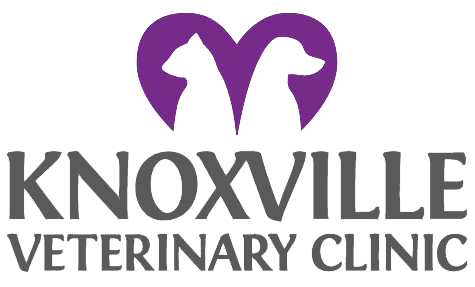Library
-
Periodontal disease is the most common problem affecting dogs of all age groups. The importance of daily, at-home dental care cannot be overemphasized. Dogs may benefit from either a food, treat, water additive, gel or powder that has been approved by the VOHC to reduce plaque buildup.
-
This article reviews the advantages and disadvantages of the different food forms available for cats, including dry, canned, and semi-moist foods. Dry food, or kibble, is easy to portion control and can be fed in puzzle toys. Canned food is a good option but more expensive than kibble and does not last as long once opened. Semi-moist foods are generally not recommended as the main diet due to their high sugar and sodium content, as well as difficulty with portioning. Feeding a combination of canned and dry is recommended for young, healthy cats so that they are exposed to a variety of textures.
-
This article reviews the advantages and limitations of the different food forms available for dogs, including dry, canned, and semi-moist foods. Dry food, or kibble, is easy to portion control and can be fed in puzzle toys. Canned food is a good option but more expensive than kibble and does not last as long once opened. Semi-moist foods are generally not recommended as the main diet due to their high sugar and sodium content, as well as difficulty with portioning. Feeding a combination of canned and dry daily is an option and can help with acceptance of a variety of textures later in life.
-
Eclampsia, also referred to as hypocalcemia or puerperal tetany, is an emergency medical condition associated with a life-threatening drop in blood calcium levels that occurs in nursing mothers. Mothers that are especially attentive to their kittens seem to be more likely to develop eclampsia. Signs and treatment are discussed.
-
Eclampsia, also referred to as hypocalcemia or puerperal tetany, is an emergency medical condition associated with a life-threatening drop in blood calcium levels that occurs in nursing mothers. Mothers that are especially attentive to their puppies seem to be more likely to develop eclampsia. Signs and treatment are discussed.
-
Many veterinarians, including nutritionists and behaviorists, believe it is important for dogs and cats to express their natural foraging and hunting behaviors. For pets living indoors, this can be difficult, and the lack of this stimulation can sometimes lead to behavior problems. Enriching a pet's environment with food toys and puzzles at mealtimes can fulfill the need to forage. The use of toys, puzzles and other novel methods of food delivery can also be effective ways to increase daily movement in overweight or inactive pets.
-
Esophagostomy tubes are placed through the skin of the neck into the esophagus to enable ongoing nutrition in cats that either refuse to eat or are unable to chew and swallow food. A diet will be recommended by your veterinarian but must be liquefied with water before it can pass through the tube. Medications can also be administered through the tube. Step-by-step instructions are provided. The decision to remove the tube will be determined by your veterinarian.
-
Esophagostomy tubes are placed through the skin of the neck into the esophagus to enable ongoing nutrition in dogs that either refuse to eat or are unable to chew and swallow food. A diet will be recommended by your veterinarian but must be liquefied with water before it can pass through the tube. Medications can also be administered through the tube. Step-by-step instructions are provided. The decision to remove the tube will be determined by your veterinarian.
-
Cats may overindulge in food for several reasons, including not feeling full, boredom, or simply because they enjoy the taste of their food so much. If your cat’s intake exceeds their daily calorie requirement, it can contribute to excessive weight gain and obesity. This article outlines some helpful strategies that can help your cat eat a healthy amount.
-
Dogs may overindulge in food for several reasons, including not feeling full, boredom, or simply because they enjoy the taste of their food so much. If your dog's intake exceeds their daily calorie requirement, it can contribute to excessive weight gain and obesity. This article outlines some helpful strategies that can help your dog eat a healthy amount.


